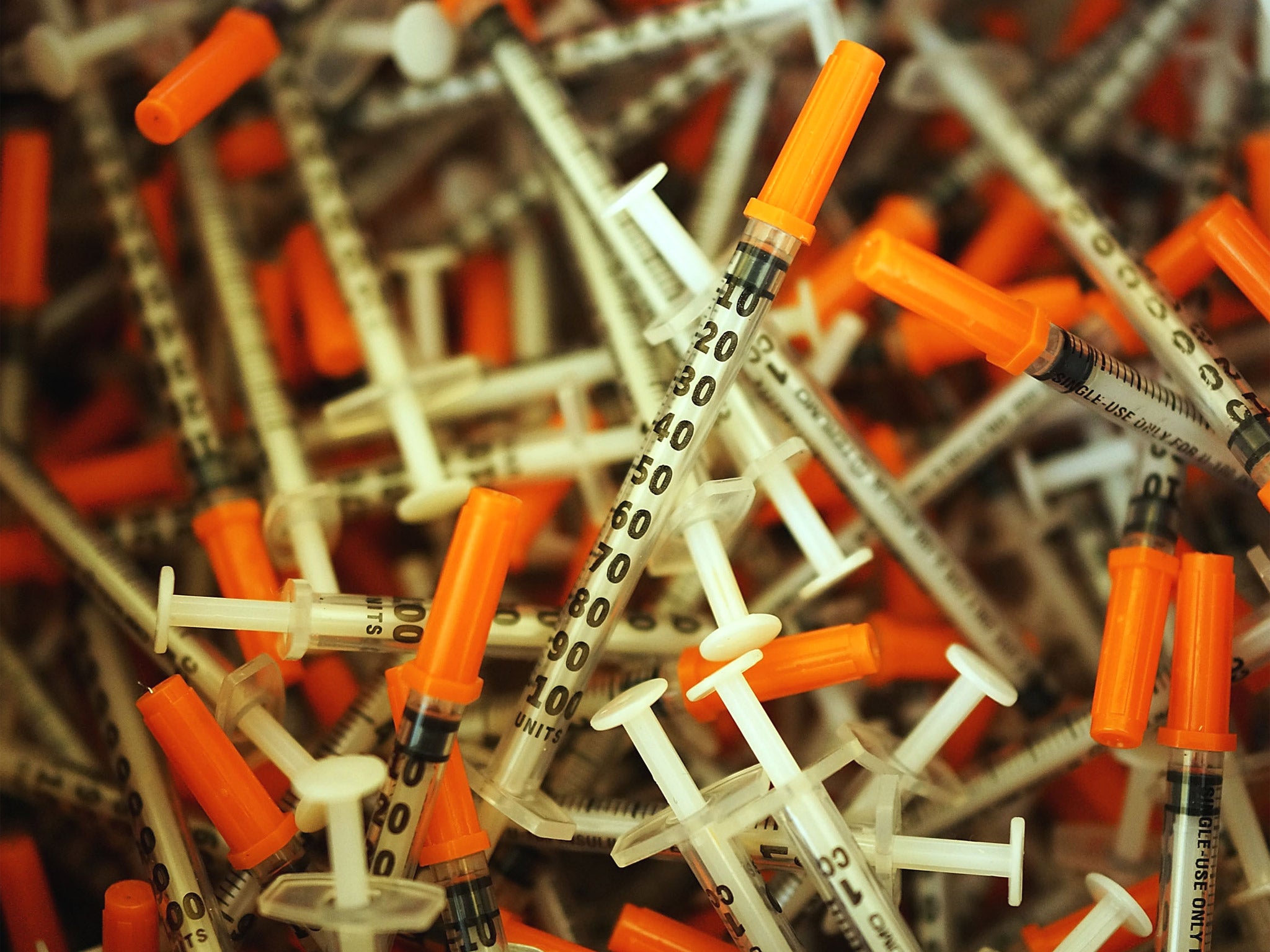Give under-18 steroid users clean syringes, says NICE

Needle exchanges should give safe injecting equipment to under-18s, the national health standards body has said, in response to an alarming rise in the number of young men putting themselves at risk of bloodborne infections by injecting steroids.
In new guidance, the National Institute for Health and Care Excellence [NICE] said that health providers needed to provide specialist services for “rapidly increasing numbers of steroid users”, and for the first time advised that needles should be provided to under 18s, following reports of children as young as 15 injecting the drugs to build muscle.
Conservative estimates place the number of steroid users in England and Wales at around 60,000, but clinics report a dramatic increase in recent years.
One drug and alcohol charity, the Crimes Reduction Initiatives [CRI], said it had seen a rise of 645 per cent in steroid users visiting its 21 needle exchanges in the UK, up from just 290 in 2010, to 2,161 last year.
Frontline workers at needle and syringe exchanges, which provide sterile injecting equipment to combat the spread of bloodborne infections such as hepatitis B and HIV in drug users, say that the profile of their clients has been shifting in recent years, with a far higher proportion of steroid users.
Anabolic steroids are prescription only and it is illegal to use them to increase muscle mass or improve athletic performance. They can increase the risk of high blood pressure and heart problems, and can also cause infertility and an increased risk of prostate cancer.
David Rourke, from the CRI’s Arundel Street Project needle and syringe programme in Sheffield said that “more and more” young people were coming for needles to inject image- and performance-enhancing drugs.
“We run a weekly clinic for steroid users but we have people coming through the door on a daily basis, with at least seven new clients a week,” he said. “We know there are many more people out there who are not using needle and syringe programmes because this group of users do not see themselves as drug users. Traditionally they are more sexually active than users of heroin or crack, so there is more potential for the spread of infections through sex.”
Previous NICE guidelines did not advise needle and syringe services to under 18s, and frontline workers said that, while some clinics ignored the old guidance, it had led to confusion and may have prevented some young people from accessing safe injecting equipment.
Joe Kean, a frontline worker at drug treatment charity The Bridge Project, based in Bradford, said that the new guidance would bring “more clarity”. He said he had encountered local gyms with dedicated injecting rooms and gyms where waste bins were filled with “piles of needles”.
Needle and syringe programmes have been highly effective at combating the spread of infectious diseases in the UK since their introduction in the 1980s and 1990s. Rates of HIV infection among injected drug users is significantly lower than the European and US average, while rates of hepatitis B among injectors had fallen to 16 per cent in 2011, from 28 per cent in 2000.
However, Professor Mike Kelly, director of the NICE Centre for Public Health said that clinics were now seeing “a completely different group of people injecting drugs”.
“They do not see themselves as ‘drug addicts’; quite the contrary, they consider themselves to be fit and healthy people who take pride in their appearance,” he said. “Since we last published our guideline on needle and syringe programmes in 2009, we’ve seen an increase in the use of image and performance enhancing drugs such as anabolic steroids. We’ve also heard anecdotal evidence that more teenagers are injecting these image and performance enhancing drugs too. We’re updating our guideline to make sure all of these groups of people are considered in the planning and delivery of needle and syringe programmes.”
Join our commenting forum
Join thought-provoking conversations, follow other Independent readers and see their replies
Comments
Bookmark popover
Removed from bookmarks